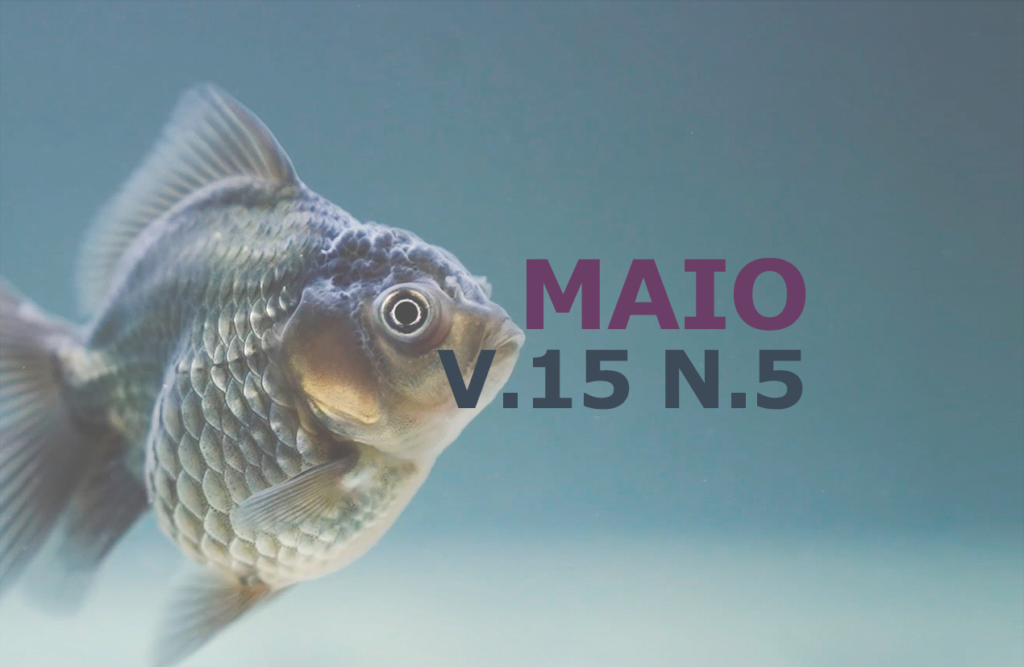Granuloma lepróide canino: Relato de caso
DOI:
https://doi.org/10.31533/pubvet.v15n05a821.1-8Palavras-chave:
canino, lesões de pele, MycobacteriumResumo
O Granuloma Lepróide Canino é uma doença causada por uma micobactéria que provoca lesões nodulares, podendo afetar a derme e/ou tecido subcutâneo, normalmente sendo firmes à palpação, indolores, podendo ser alopécicas e ulceradas. Sua patogenia ainda é incerta, podendo ter caráter autolimitante. A raça mais predisposta é a Boxer, e normalmente acomete animais de pelagem curta, afetando áreas como pavilhão auricular, face e membros torácicos. O diagnóstico é realizado por meio do histórico, padrão racial e característica das lesões, mas são necessários exames complementares, como a citologia, histopatologia ou até mesmo o PCR para confirmação da doença. O tratamento cirúrgico baseia-se na excisão cirúrgica e o clínico na antibioticoterapia, que é o tratamento mais utilizado. Este pode ser administrado por via sistêmica e/ou tópica, no qual se prioriza o uso de fármacos como doxiciclina, rifampicina, enrofloxacina, entre outros, sendo normalmente um tratamento longo, variando entre dois a 12 meses. O presente trabalho tem por objetivo relatar quatro casos de Granuloma Lepróide Canino, atendidos na Clínica Escola Veterinária Prof. Dr. Marcos Vinicius Tranquilim da Universidade Estadual do Centro-Oeste, Guarapuava-PR, entre 2019 e 2020, sendo um Boxer, um Pitbull e dois animais sem raça definida, todos apresentando nódulos/lesões ulcerativas em pavilhão auricular. Três desses animais realizaram a citologia como método diagnóstico, e um deles a histopatologia. Todos receberam o tratamento com Enrofloxacina 10 mg/kg, uma vez ao dia, associados ao uso de rifamicina ou rifocina spray, duas vezes ao dia. Dois animais tiveram boa resposta e conclusão do tratamento com aproximadamente 40 dias, um não finalizou o tratamento e um precisou fazer excisão cirúrgica dos nódulos, por não responder ao tratamento clínico.
Downloads
Publicado
Edição
Seção
Licença
Copyright (c) 2021 Larissa Schimanski, Meire Christina Seki, Fatima Abou Ghaouche de Moraes, Yohhane Tracy Hofmann Nascimento, Karoline Vintureli Felício, Adriano de Oliveira Torres Carrasco, Carla Fredrichsen Moya

Este trabalho está licenciado sob uma licença Creative Commons Attribution 4.0 International License.
Você tem o direito de:
Compartilhar — copiar e redistribuir o material em qualquer suporte ou formato
Adaptar — remixar, transformar, e criar a partir do material para qualquer fim, mesmo que comercial.
O licenciante não pode revogar estes direitos desde que você respeite os termos da licença. De acordo com os termos seguintes:
Atribuição
— Você deve dar o crédito apropriado, prover um link para a licença e indicar se mudanças foram feitas. Você deve fazê-lo em qualquer circunstância razoável, mas de nenhuma maneira que sugira que o licenciante apoia você ou o seu uso. Sem restrições adicionais
— Você não pode aplicar termos jurídicos ou medidas de caráter tecnológico que restrinjam legalmente outros de fazerem algo que a licença permita.





